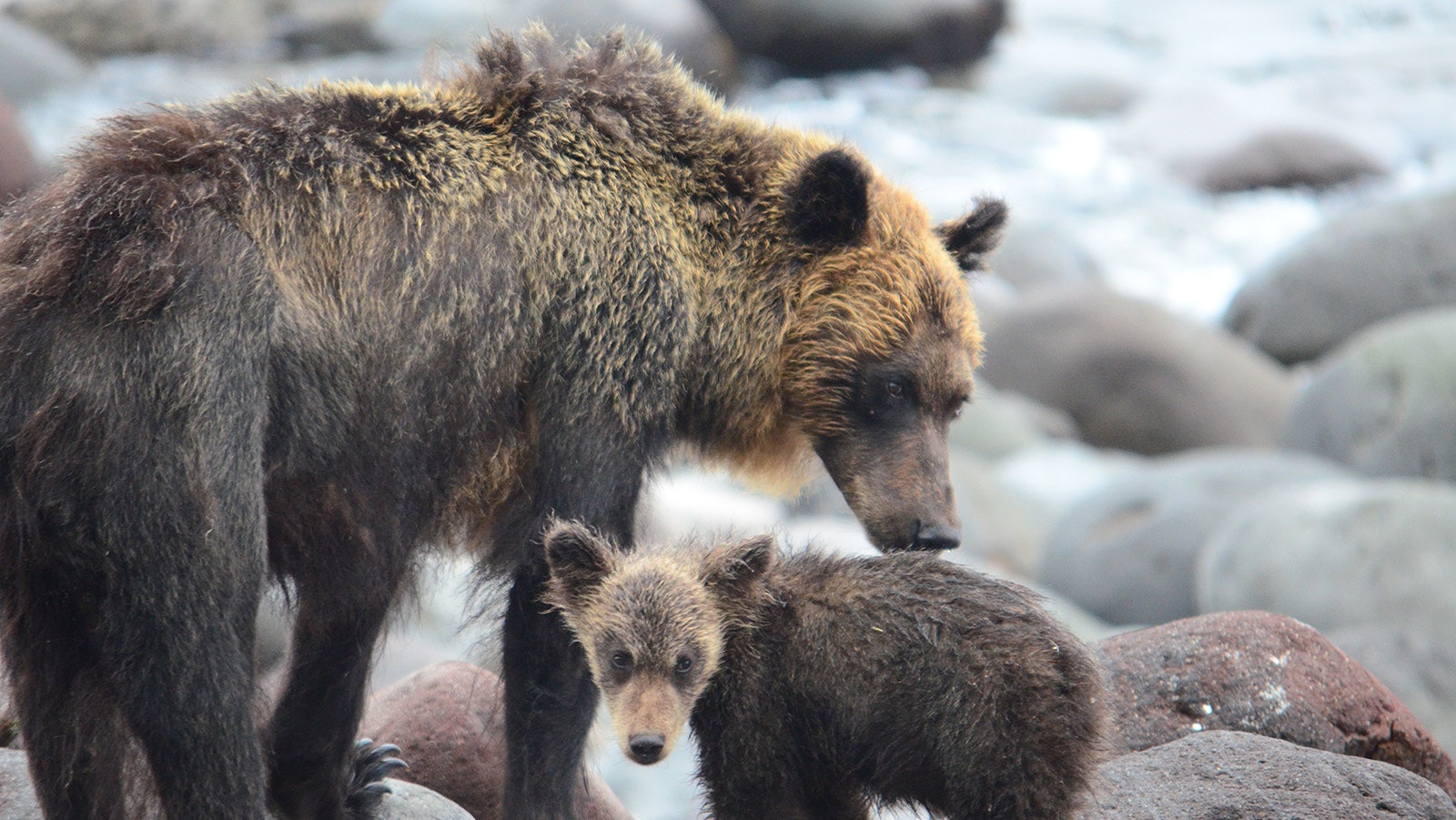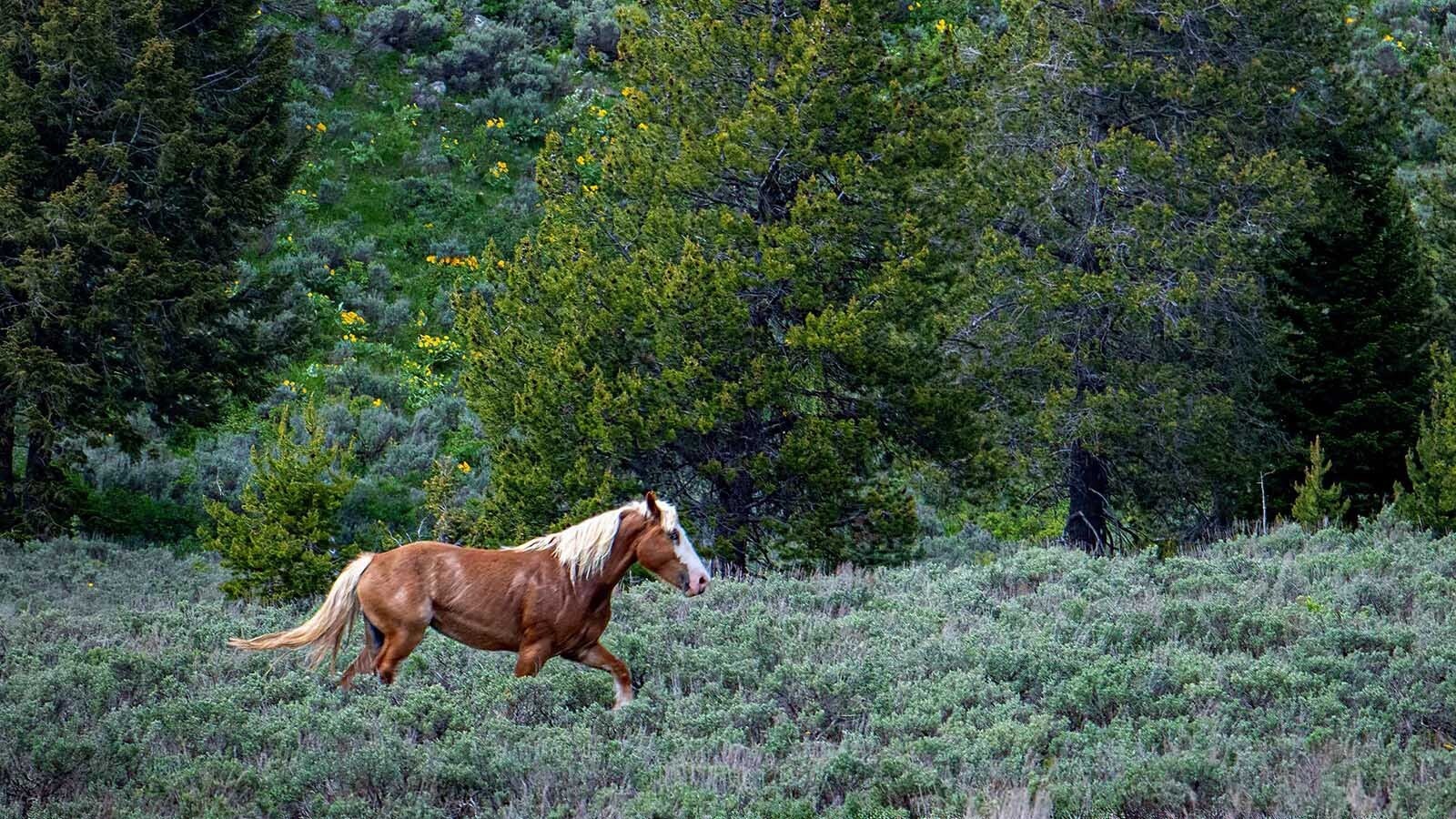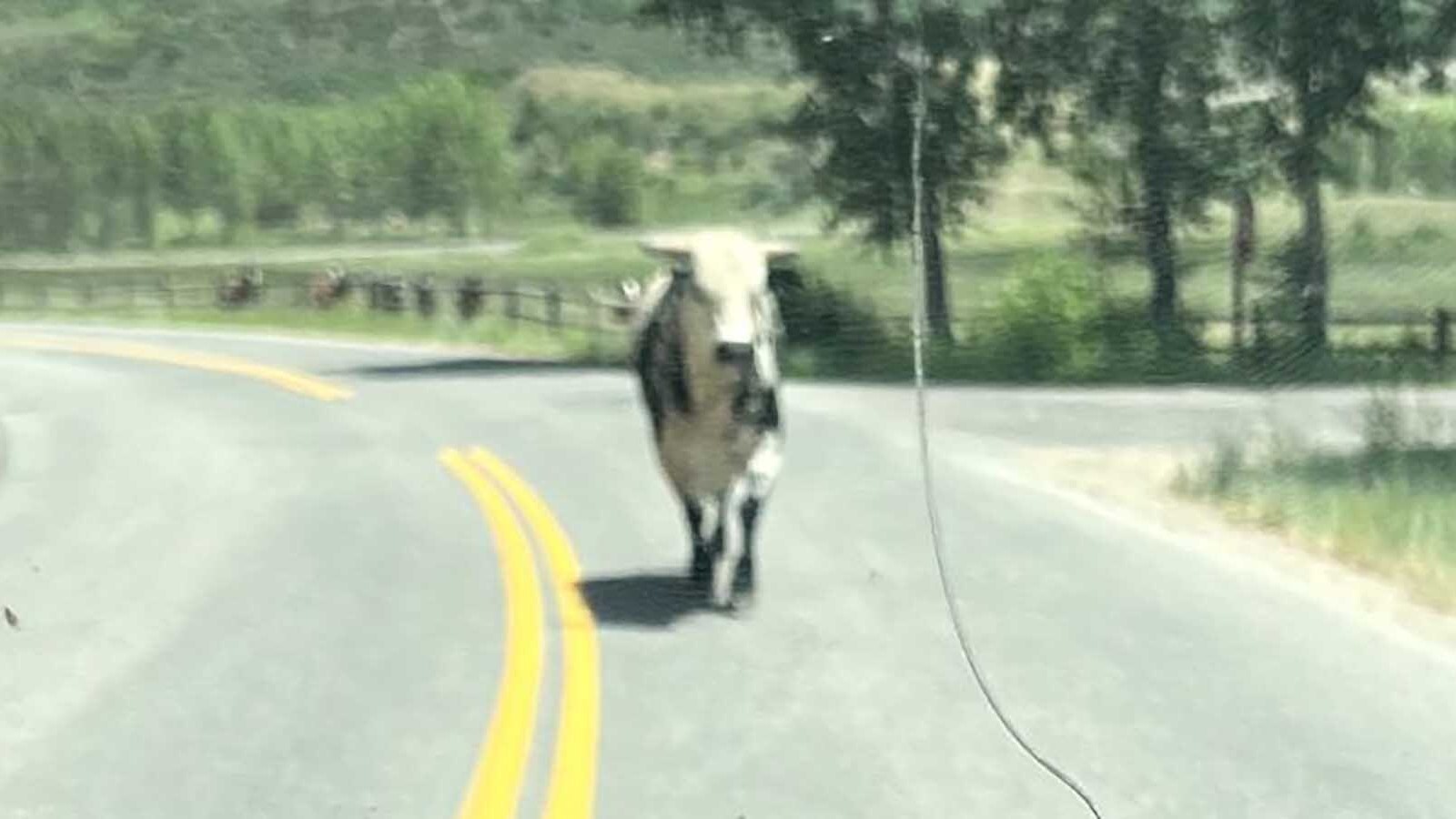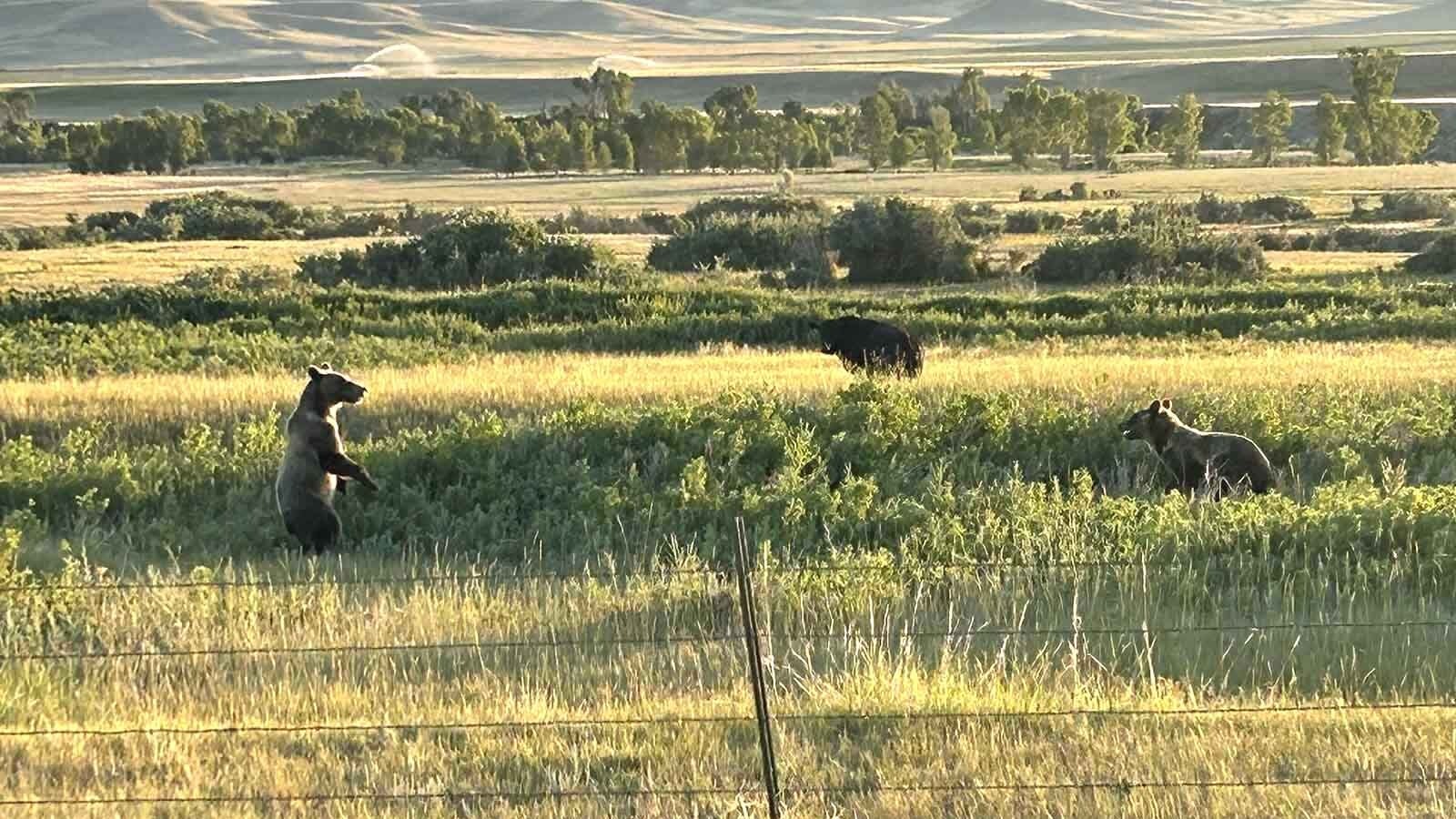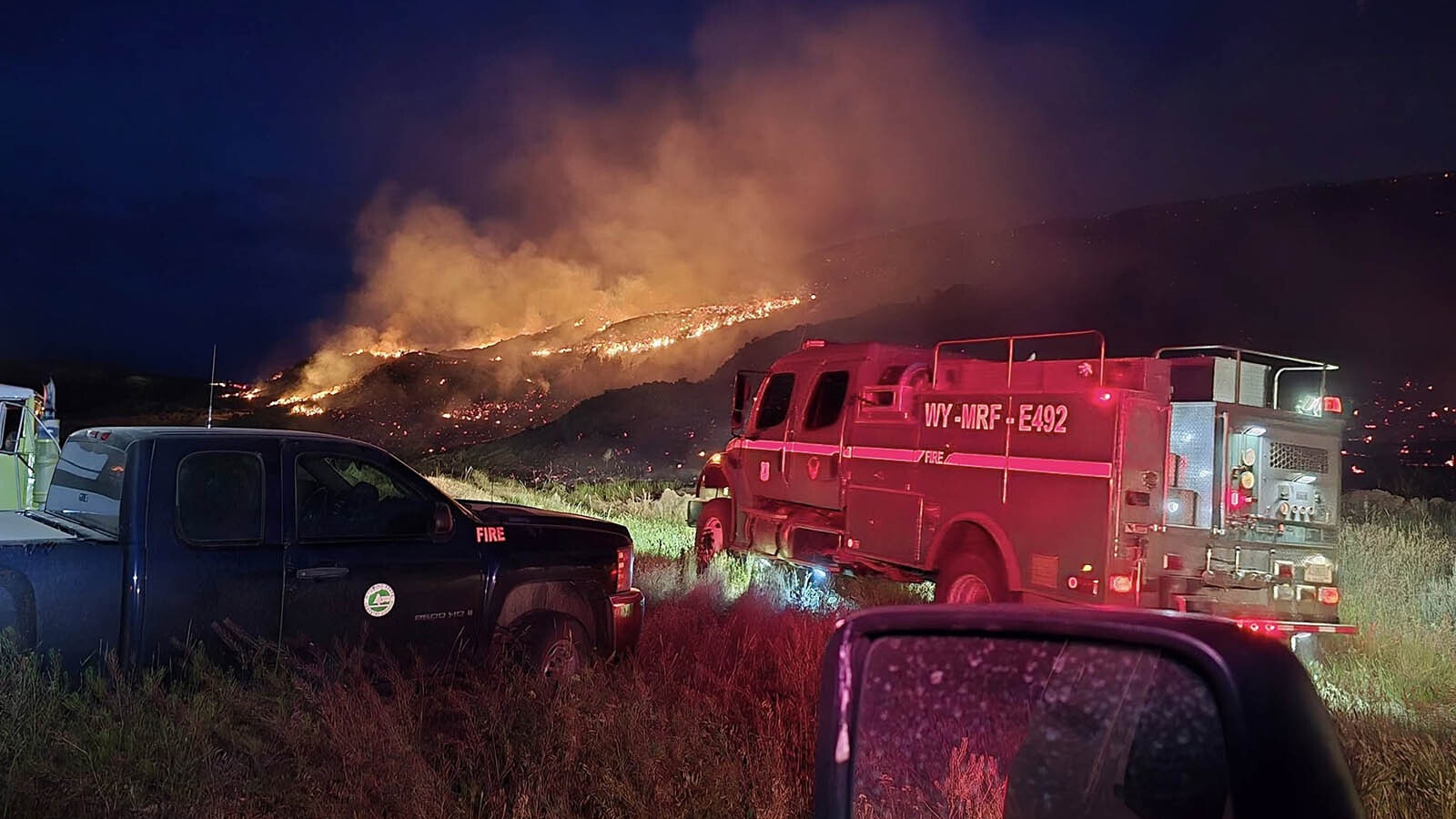When Greater Yellowstone grizzly researcher Frank van Manen visited Japan, he was struck by how different — and yet similar — the situation with bears there is.
Lately, bear trouble in Japan has been increasing. Between April and November 2023, Japan’s Environment Ministry recorded 193 bear attacks on people. Those attacks involved 212 victims, six of whom were killed. It was the worst year for bear attacks since the ministry started tracking them.
Many of the attacks involved Asiatic black bears, which are quite similar to Wyoming’s black bears, but they’re meaner.
“Their behavior is generally much more aggressive than American black bears. Compared to Asiatic black bears, American black bears are docile,” van Manen told Cowboy State Daily.
He’s the supervisory research biologist for the U.S. Geological Survey’s Interagency Grizzy Bear Study Team. The team monitors grizzlies in the Greater Yellowstone region of Wyoming, Montana and Idaho.
Van Manen has visited Japan several times for bear-related meetings and also has collaborated on academic papers about Japan’s bears.
Two Species
Like in Wyoming, Japan has black and brown bear species. The brown bears there are much like grizzlies here.
“It’s the same species as our grizzly bear. It’s classified as a different sub-species, but they’re much like our grizzlies here in Yellowstone,” van Manen told Cowboy State Daily.
The Asiatic black bears are distributed widely across Japan’s islands, while the brown bears are limited to the northernmost island of Hokkaido.
Hokkaido’s brown bear population is officially estimated at around 2,200, but there could be many more than that, he said.
He recalls watching a mother brown bear and her cub waiting patiently for the pink salmon run along a river in August 2015.
They were in sore need of salmon to gorge on, he said.
“They looked sort of emaciated, because the pink salmon run was late that year,” van Manen said.
In addition to fish, bears in Japan eat a wide variety of food, he said. That includes grub such as acorns, beech nuts and occasionally Sika deer.

Why The Bear Trouble?
As to why bear attacks have been increasing, Japanese officials think that it could be a combination of factors. The human population is shrinking in some rural areas of Japan, and with some of their natural food sources waning, the bears might be moving closer to settled areas.
It’s true that in rural villages, many younger people have cleared out, seeking opportunity in the cities, van Manen said. Also, the borders between inhabited areas and wildlands are much sharper in Japan than they are in America.
The forested mountains are left virtually untouched, while the human population is concentrated in the valleys. And rather than sprawling out, human habitation tends to end abruptly at the edge of wild country, he said.
So, when bears come out of the forest, they immediately start running into heavily-settled areas, and that’s when trouble can start.
“Bear aware” protocols such as encouraging people to keep their garbage and other bear temptations secured are similar to those in America. But they haven’t quite taken hold among the general public in Japan, van Manen said.
“I got the sense that they were working toward being where we are; informing people about the best things to do to avoid bears getting into trouble,” he said.
Bear spray is also legal in Japan, and apparently getting more popular there.
In some other parts of the world, such as many European countries, bear spray is illegal “because it’s considered to be a dangerous weapon,” van Manen said.
Why Are Japan’s Black Bears Aggressive?
There are likely evolutionary reasons for why there are different levels of aggression in bear species, van Manen said.
For example, in North America, grizzlies used to be mainly a great plains species. And out on the plains, it’s much harder to run and hide from a threat. So that, combined with grizzlies’ greater power and size, might have made them more aggressive, he said.
Meanwhile, American black bears have inhabited more forested areas where they had the option of running into thick cover to hide or climbing trees to escape threats, van Manen said.
Asiatic black bears are similar in size to American black bears, perhaps a littler larger on average, he said. They also all have a V-shaped pattern of white fur on their chests, whereas only some American black bears do.
And Asiatic black bears also inhabit forested areas, which raises the question of why they’re so much more aggressive than their American counterparts.
It’s thought that perhaps it’s because in mainland Asia, they shared habitat with large predatory felines like tigers. So, they had to be meaner and more aggressive to hold their own against the huge cats, van Manen said.
There aren’t any large felines in Japan, but the black bears there might have inherited that aggression from their mainland ancestors that had to stand up to tigers, he said.
Responses To Bear Attacks
Most of the worst bear attacks in Japan have taken place on the main island of Honshu and involved black bears, van Manen said.
“The have had some trouble with the brown bears on Hokkaido,” he said.
Authorities’ responses to bear attacks and conflicts are similar to those in the Yellowstone area, he said. Sometimes, wildlife agents opt to kill the bears involved. In other instances, bears are trapped and relocated.
“Some of the responses are similar to what we see here,” he said. “Removal is one option for the trouble bears. Translocation is also option, but they don’t have as many opportunities for that as we do here.”
Mark Heinz can be reached at mark@cowboystatedaily.com.

